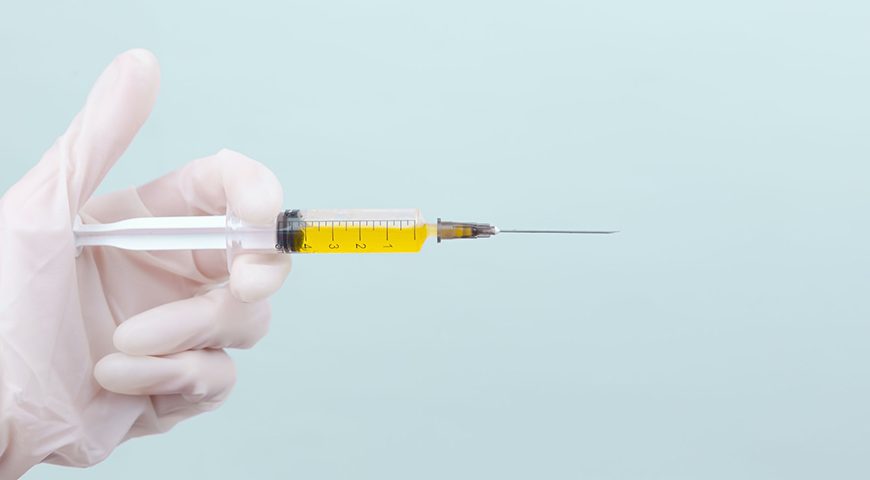
What are the Alternative Treatments for PTSD?
November 24, 2022
Top 2 Alternative Therapies to Treat Joint Pains
December 8, 2022Chronic pain is a significant burden for many people. It can often feel like there is no solution. With platelet-rich plasma therapy, there is new hope for many people with chronic pain issues.
What is platelet-rich plasma therapy? Please read this post to learn about PRP therapy and how it works.
About Platelet-Rich Plasma Therapy
Most people know that plasma is the liquid portion of blood. Beyond that liquid that makes up most of your blood’s volume, you also have various solid components. The solids include your red and white blood cells and platelets.
Platelets are cell fragments that contribute to blood clotting. While clotting is the most notable role, platelets also contain growth factors that can stimulate tissue regeneration. When a person is injured, these growth factors play a crucial role in healing and recovery.
PRP is plasma that has higher levels of platelets than ordinary blood. As a therapeutic agent, the idea is to increase platelet levels at the targeted site to promote healing.
How Does it Work?
Platelet-rich plasma therapy involves using the platelets from the patient’s blood to promote healing. Since it comes from the patient’s blood, it is safe for therapeutic applications.
PRP therapy starts with a blood draw from the patient. A technician will use a centrifuge to separate different components from the blood. In the end, you will have platelet-rich plasma.
Once the PRP is ready, a doctor or other medical professional can inject the PRP at the desired location. The location of the injection will be near the site of the injury. In some cases, a doctor might use ultrasound to guide the needle.
Applications
PRP therapy has several applications. However, it is primarily for assisting with healing and relieving pain. It can help with healing injuries to tendons, joints, and muscles. PRP is also becoming famous for addressing pain and stiffness associated with knee osteoarthritis.
Another common application is to assist with post-surgical healing. Patients might use it after surgery to repair a joint, ligament, tendon, or muscle. Many professional athletes use PRP therapy after having surgery to repair injuries. They hope they can heal faster and spend less time away from their sport.
We are also starting to see various cosmetic applications for PRP. Some people have seen promising results using PRP to prevent baldness or restore hair growth. Some are also experimenting with PRP as a way to rejuvenate the skin.
Do you want to learn more about PRP therapy? The team from Silver Lining is here to help Reach out now for more information.
Thanks for visiting!


